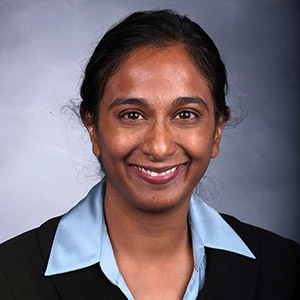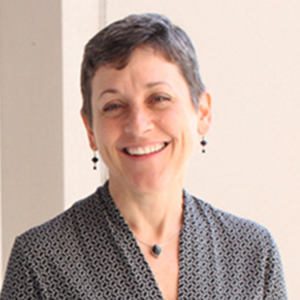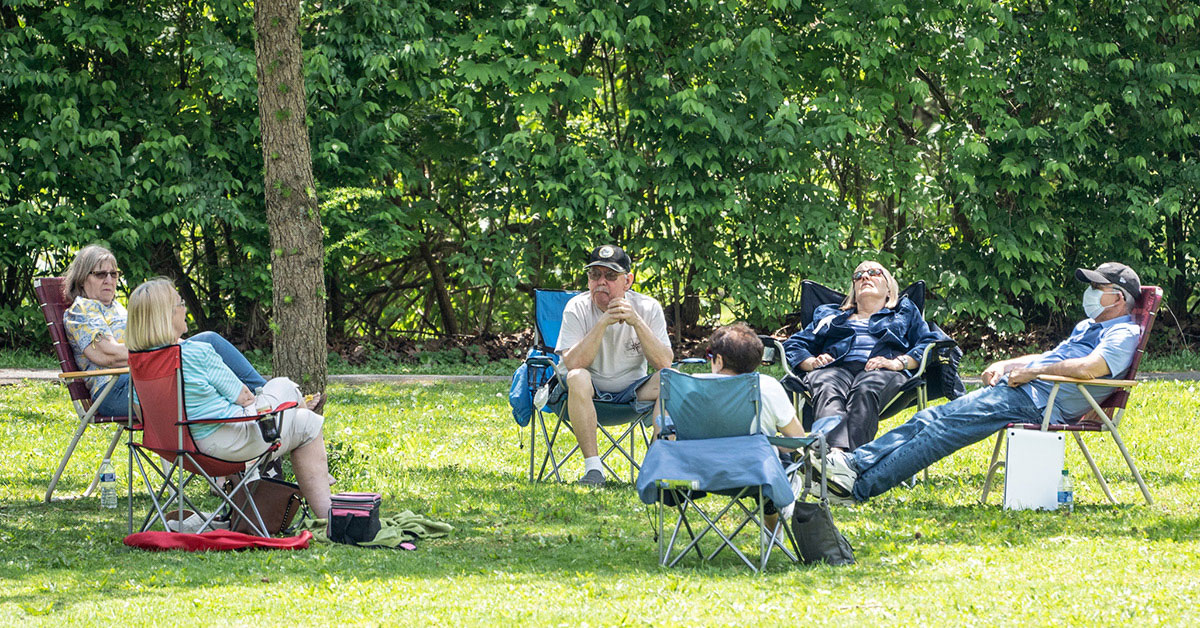As the COVID-19 pandemic continues, researchers, health care providers, and policymakers are continually using modeling to predict how the virus might spread and in whom across Minnesota. One key to improving the calculations is understanding the different ways people are coming into contact with each other on a daily basis and how these contacts could acquire and potentially spread the virus if they become infected.

To learn more, the School of Public Health and the Minnesota Department of Health launched a study in late March to survey Minnesotans about their daily social contact patterns during the outbreak. The data from the study will be incorporated into one of the models used by the State to plan its response to the pandemic.
The study is led by Professor Shalini Kulasingam and will improve on data being used from other parts of the world.
“The data we’re using right now for the model is from European contact patterns during COVID-19,” says Kulasingam. “We need more detailed information from the U.S. and Minnesota because we’re trying to understand and show how transmission plays out here.”
SPH faculty joining Kulasingam on the project are co-principal investigator Associate Professor Eva Enns, Professor Kathleen Call, Assistant Professor Kelly Searle along with Assistant Professor Audrey Dorélien from Humphrey School of Public Affairs as well as Alisha Simon and Sarah Hagge from the Minnesota Department of Health.
The study aims to determine the specific ways people connect with each other, such as at work and at home during a 24-hour period. Researchers are also collecting finer details on the interactions, including the setting’s environment, how close people are to one another, and whether they have symptoms of COVID-19.
Kulasingam says particular attention will be paid to the ages of people in the survey.
“We know that this virus affects people differently by age and comorbid status, meaning, if they already have certain illnesses, such as diabetes,” say Kulasingam. “We want to know if an 80 year old has the same contact patterns as someone in their 20s because that will tell us a lot about how likely they are to be infected.”

Call is gathering the data for the survey as an investigator with the school’s State Health Access Data Assistance Center. She chose whom to survey through responses to the 2019 Minnesota Health Access Survey, a statewide telephone survey on health insurance coverage and access that Call has worked on for more than 20 years. In total, 5,578 households from that survey said they’d be “Willing to be contacted again.” Call broke that number into two randomly assigned groups for each survey wave. The first wave was conducted between April 17 and May 7; the second will be in mid-September.
The survey is a retrospective study in which respondents are asked about their movements and contacts the day before, starting at 5 a.m. Because the professionals conducting the survey know that this is a stressful time, they can also offer resources, including for employment and mental health benefits. In addition, the survey aims to capture some basic data to help understand the extent of possible COVID-19 symptoms in the general population who may not be seeking health care.
The response rate for the first wave was 57%, high by any standards, and that makes for more vital Minnesota-centric information.
“Response rates are up for surveys across the board,” says Call. “People are home now. The 65 + year olds are typically great respondents because they have time and want to talk. Now that’s everybody.”
Call’s team has released the data from the first wave to Kulasingam and colleagues for analysis and use in the mathematical models predicting the spread of COVID-19 in Minnesota. The State is expected to release the next projection in the coming months.
This study is supported in part by the OVPR COVID-19 Rapid Response Grants, funding that is meant to catalyze research projects that address and mitigate the risk associated with the coronavirus pandemic, including cascading impacts in communities. The primary focus of the grants is research that informs near real-time decision making for professionals tasked with making operational response decisions.
The study is also conducted under a contract with the Minnesota Department of Health.

